Chatting Green with Nancy Duker of Bending Oak Permaculture Farm
- Chatting Green
-
May 02
- Share post
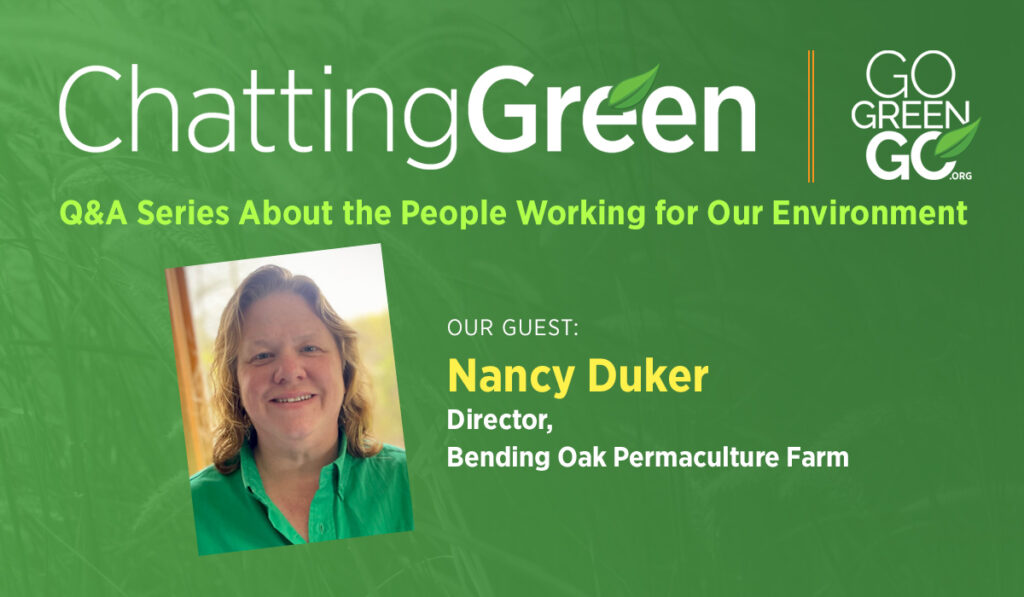
As described by Bending Oak Permaculture Farm, “…permaculture mimics the relationships and patterns observed in nature to organize people, their buildings, food, water needs, daily routines and habits resulting in a design that yields an abundance of food, fiber, energy, building materials and all necessary provisions that a person would need to not only survive but thrive.”
Bending Oak Permaculture Farm, in Youngstown, Ohio is hoping to bring that message to visitors through plant sales, permaculture workshops, guided tours and other educational opportunities. Farm Director, Nancy Duker spent some time Chatting Green with us about the Farm, and why permaculture is an essential ingredient in climate solutions.
…
Responsible and sustainable farming practices are essential for addressing so many issues, not just limited to climate change and access to healthy food. Tell us about Bending Oak Permaculture Farm. How does your mission work to address those issues? What do you offer to your members and visitors?
At Bending Oak Farm, we believe that farming practices which address climate change and access to healthy food go hand in hand. For example, designing and building ecosystems that help the displaced carbon in the atmosphere be returned to the soil assist in reversing global warming AND promotes healthy, more productive plant growth which results in more nutritious fruits and vegetables in greater abundance.
To that end, we offer plants that have been grown on our permaculturaly designed farm that can be used to start or enhance another property allowing our healthy ecosystem to replicate and provide healthy production to others. We also offer a range of opportunities (tours, workshops, etc.) for our guests to learn how to implement the practices used in a permaculture system at home and combat the concerns around global warming, as well as the concerns around food scarcity and general health.
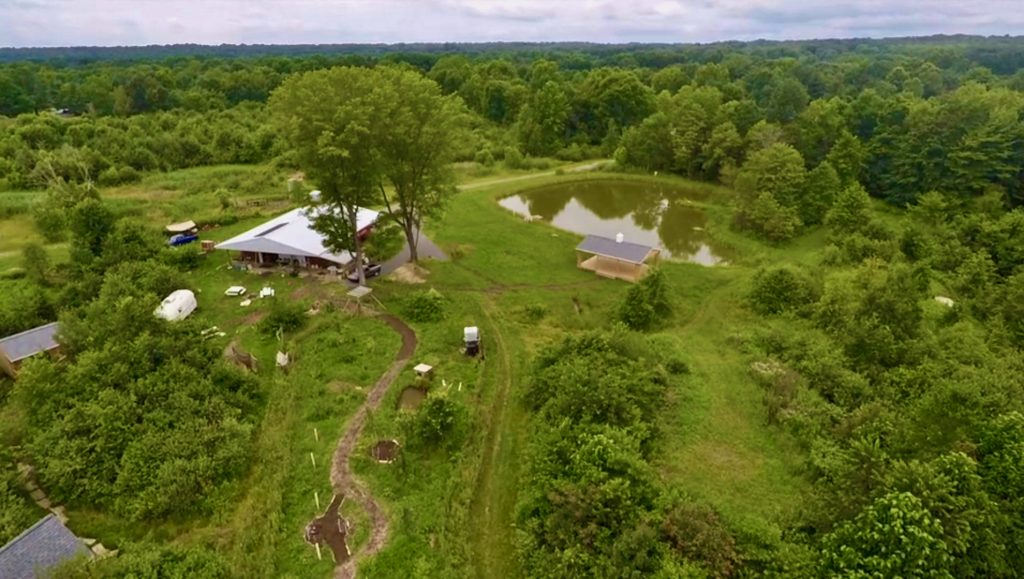
What is Bending Oak’s current biggest challenge as a non-profit organization in the environmental space?
Currently, our biggest challenge has been becoming a non-profit. We have been working towards doing this for a while now, however growing pains seem to continuously arise and get in the way. It is our goal to become a fully established 501(c)(3) by the end of the season.
What do you see as Ohio’s biggest environmental challenge? Can permaculture and responsible farming be part of a solution?
The biggest environmental challenge in Ohio and beyond is the lack of education and exposure to solutions.
We are constantly bombarded with a litany of all the problems out there, yet rarely do we hear of solutions, unless they are incredibly expensive or seem unfeasible in some other way. This leaves many of us feeling defeated and deflated.
Permaculture Co-Founder, Bill Mollison, commented that, “Though the problems of the world are increasingly complex, the solutions remain embarrassingly simple.”
At Bending Oak Farm, we strive to demonstrate these simple, attainable solutions so people leave the farm feeling hopeful, inspired and motivated to try something new.
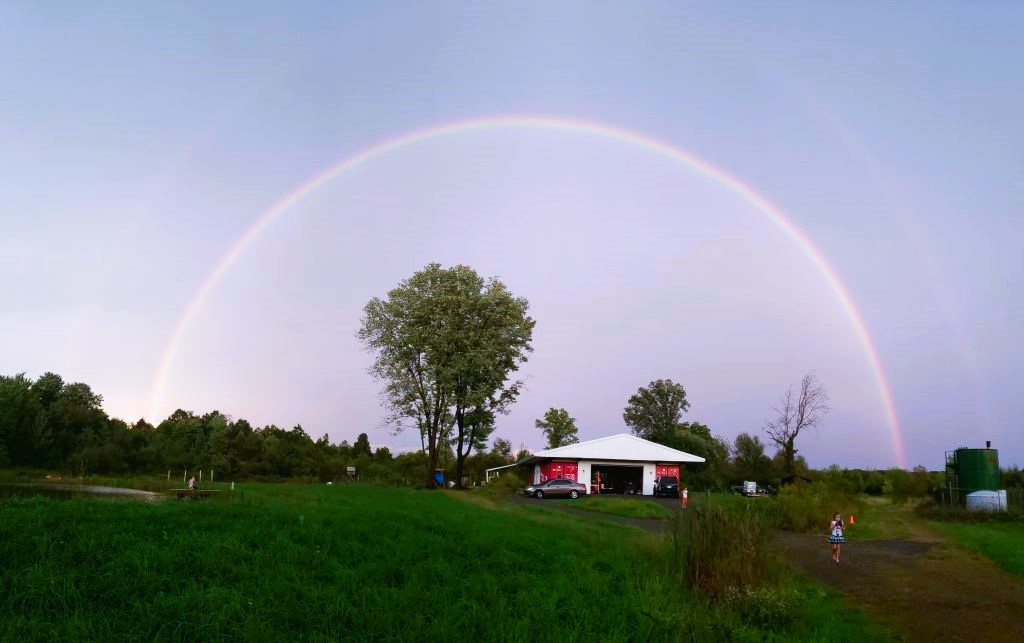
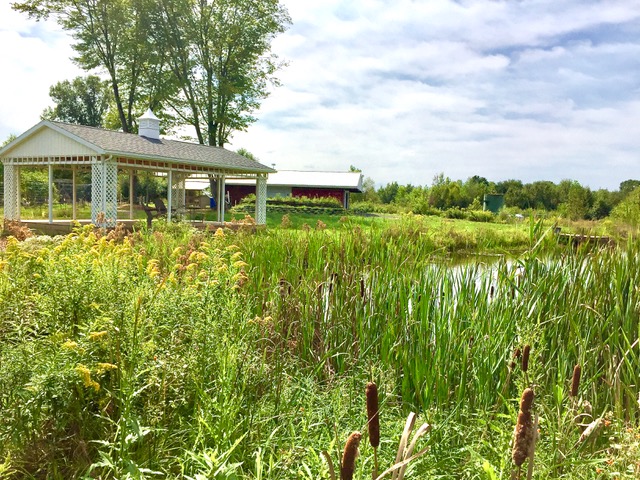
What environmental issue means the most to you personally and why?
The environmental issue that I am most passionate about is how far removed our society has become from nature. I grew up in a large city and through my journey into permaculture and the farm, I have become aware of how my, and other’s, lack of exposure to true nature (not manicured parks, botanical gardens, etc.) has impacted our perceptions of how nature actually works which has resulted in many well intentioned solutions that ultimately prove more harmful than helpful.
Through the implementation of its three ethics and twelve principles, Permaculture design strives to mimic the patterns and systems found in nature. Not surprisingly, the first principle is observe and interact which is about paying attention to what you notice before you make any changes to it.
Come to the farm, or simply walk your yard, sit on your apartment balcony or sidewalk, or merely open a window and notice what is around you. What sounds do you hear? What animals do you see? Which way does the wind blow? What path does the rainwater take? How does the sun move across the sky? What plants are growing around you and are they growing better in one location verses another? If you scoop up a handful of soil, what color is it? Is it dry or moist?
Pay attention to how you move through your day. How do you travel through your home or travel to work? Are your shoes in the most convenient place for you to slip on as you leave the house or would it be more efficient to put them someplace else? Would it be more effective to move your dishes to a lower cabinet so your kids could set the dinner table all by themselves? If you have a kitchen garden, is it easily accessible to the kitchen or in an obscure part of your yard where you rarely go? Does the route you take to work kill two birds with one stone by allowing you to also get an errand done?
If we would be more diligent about noticing how things function before making changes we would most likely be quite surprised how much our interventions would change.
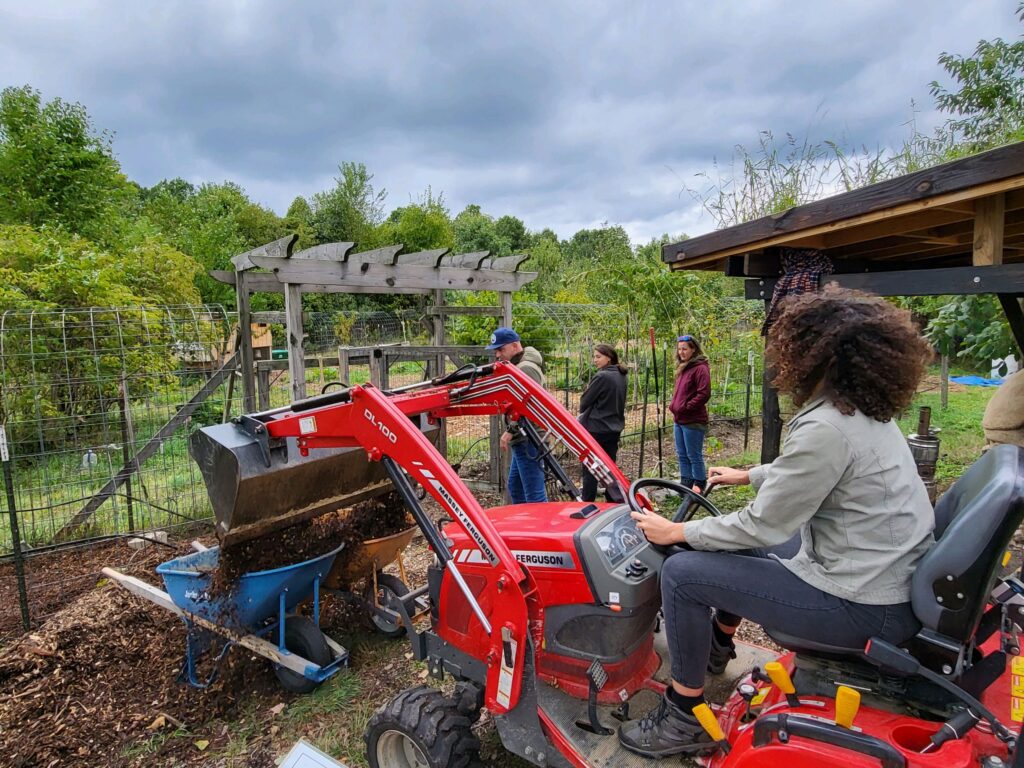
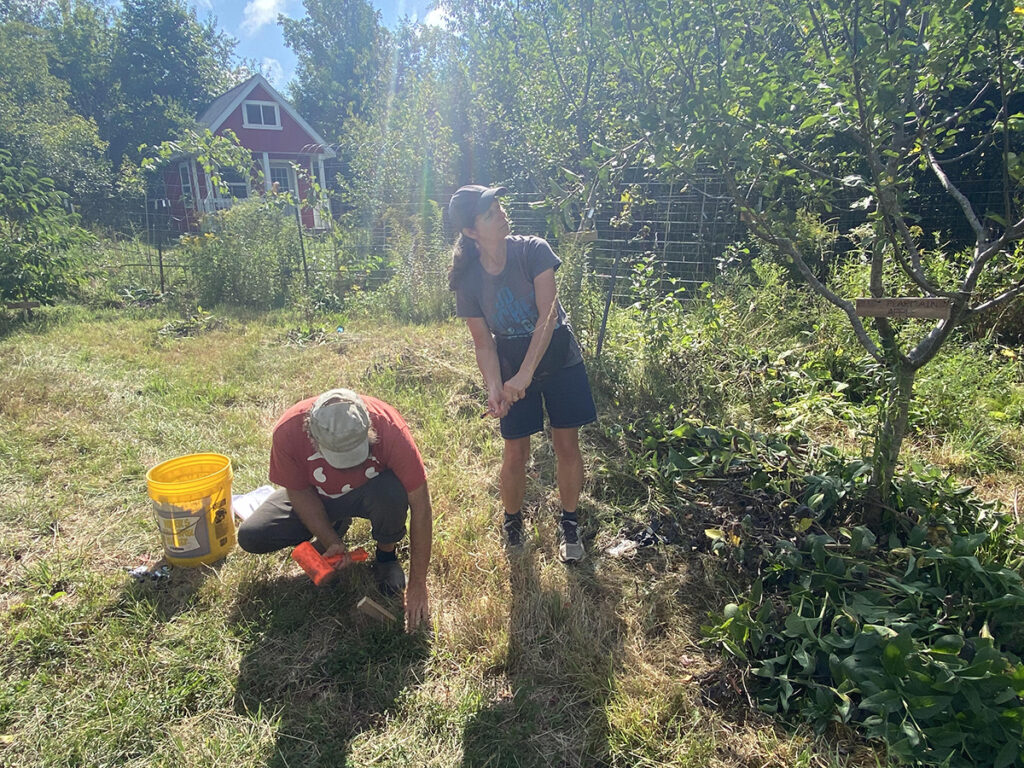

What was your inspiration to get involved with permaculture and environmental issues?
Since high school, I have always been passionate about environmental issues.
When I moved into my first home that had some land that was not in good shape, I started the process of looking for somebody who could help me, “heal the land.” Through that process I met someone who had a permaculture design certificate (PDC). I had never heard of permaculture before and started to Google it. As I continued to read about it, I became more and more intrigued and through my search, I registered for the training to get my own PDC. Once I completed the course, I felt so uplifted as for the first time ever, I realized that there actually were solutions out there based in scientific research and that we were not all doomed to fail.
I left, wanting to build a demonstration site to show people that it is possible to reverse our course, and thus started to put together what is now, Bending Oak Farm.
How can concerned individuals make the most positive impact with regard to the environment and climate issues?
Two more permaculture principles are use small, slow solutions (use local resources and responses at a manageable scale) and apply self-regulation and accept feedback (be open to modify dysfunctional behaviors). When practicing these principles in conjunction with the first principle (observe and interact), we would figure out how to create truly effective change that would require less effort and back peddling on our part.
By spending more time in observation and curiosity we would notice different things which would result in different ideas of what changes need to occur. If we first made these changes on a small scale we would be less invested in them and therefore more open to acknowledging what was not working and more willing to make necessary adjustments.
We could then scale up a bit more and easily go through this process again, thus continually making appropriate tweaks as we received further feedback.
This approach, in contrast to massive overhauls, would make the most positive impact.
Bending Oak Permaculture Farm
Come see what’s possible.
- 330-942-0950
- http://bendingoak.com
- Environmental Advocacy
-
+9 Environmental Education, Farming and Gardens, Habitat Restoration, Outdoor Recreation, Parks and Trails, Recycling, Renewable Energy, Sustainability, Zero Waste
